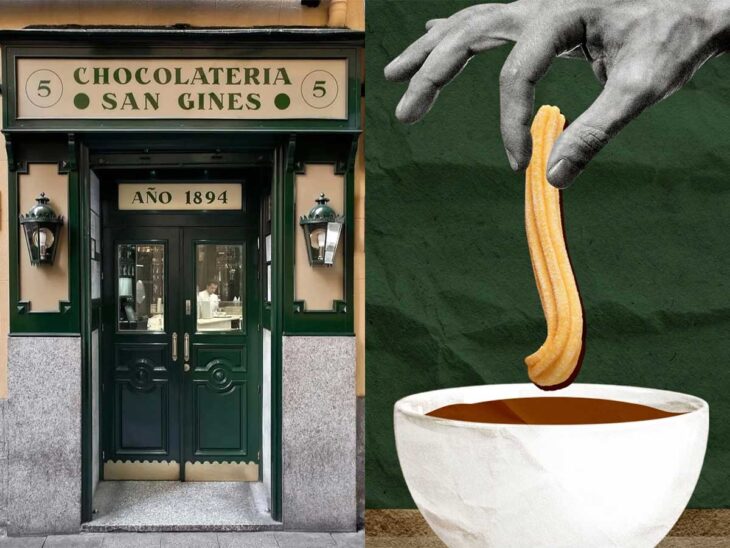The two cities now stand alongside Baguio, Cebu, and Iloilo as part of UNESCO’s global hub for creativity as a key driver of sustainable urban development.
Some people travel to world-famous tourist spots. Others chase bucket-list adventures—the kind that make your heart race and your TikTok feed scream for extreme fun. But there are also those who travel for something deeper: a sense of culture, identity, and belonging.
When it comes to cultural experiences, the Philippines offers so much more than beaches and sunsets. Beyond the usual travel destinations, our country is rich with places that help us understand who we are, places that invite us to connect with the world through creativity, community, and heritage.
If you’re looking for new cities to explore and experience, you may consider adding Quezon City and Dumaguete City to your list. Known for their vibrant film and literary scenes, these two cities were recently recognized by the UNESCO Creative Cities Network (UCCN), an international program that champions creativity as a force for sustainable development and cultural exchange.
World-Class Creativity, Pinoy Pride
On World Cities Day 2025, UNESCO Director-General Audrey Azoulay officially welcomed 58 new cities into the UNESCO Creative Cities Network. These cities were chosen for their proven dedication to building vibrant, people-centered communities through art, culture, and innovation. Among the newest members are Dumaguete City, recognized as a Creative City of Literature, and Quezon City, honored as a Creative City of Film.
For Dumaguete, the title feels like a homecoming. Known as the ‘City of Gentle People,’ it has long been a haven for writers, poets, and dreamers. It’s where words come alive—from intimate poetry readings to the prestigious National Writers Workshop hosted by Silliman University, the oldest creative writing program in Asia. This rich literary culture has shaped generations of Filipino storytellers.
Dumaguete City Mayor Chiquiting Sagarbarria shared his gratitude for the recognition, saying, “We celebrate this designation, a huge achievement for the City of Dumaguete. We will work hard to maintain this distinction and truly make Dumaguete a City of Literature to be proud of.”
Meanwhile, Quezon City, the country’s media and entertainment capital, takes the spotlight as a Creative City of Film. It’s home to the nation’s biggest studios, production houses, and creative talents who have shaped Philippine cinema for decades. From legendary filmmakers like Lino Brocka and Ishmael Bernal to iconic stars like Nora Aunor, Dolphy, and Fernando Poe Jr., Quezon City has long been where the stories of Filipino life come to life on screen.
Quezon City Mayor Joy Belmonte expressed pride in the designation, saying, “QC Film City is now a name that will forever be etched in the legacy of every filmmaker, artist, and storyteller who has shaped our city’s vibrant film heritage.” She also emphasized that the recognition honors not only the stars and directors but also the behind-the-scenes workers and QCitizens who make the city’s film culture thrive.
Quezon and Dumaguete Join UNESCO Creative Cities: Why This Recognition Matters
Dumaguete and Quezon now join Baguio City (Crafts and Folk Art), Cebu City (Design), and Iloilo City (Gastronomy) as part of the growing list of Philippine Creative Cities. Across the world, there are now 408 cities under UNESCO’s Creative Cities Network, all working together to promote creativity as a foundation for sustainable development, cultural diversity, and community growth.
This recognition plays a significant role in boosting cultural tourism, inspiring local artists, and opening doors for global collaboration. With international attention turning toward creativity-driven destinations, the Philippines has a chance to highlight not just its landscapes but also its people, particularly the artists, storytellers, and culture-bearers who keep our culture alive.
At a time when travelers are seeking experiences that feel meaningful and authentic, this milestone couldn’t have come at a better time. It encourages visitors to go beyond sightseeing—to attend a local film festival in Quezon City, join a writers’ workshop in Dumaguete, or simply listen to the stories that make these places unique.
For a country with 7,641 islands, creativity connects us all. It reminds us that culture is not just something to preserve, but it’s something to live and share. So, have you been to these cities yet? Maybe it’s time to start planning where to head this holiday season or the summer of next year—to watch, read, and experience creativity right where it happens. Because when we travel through stories, art, and imagination, we don’t just explore places; we also rediscover what it means to be Filipino.
Cover images credit: Tourism offices of Quezon City and Dumaguete City





















